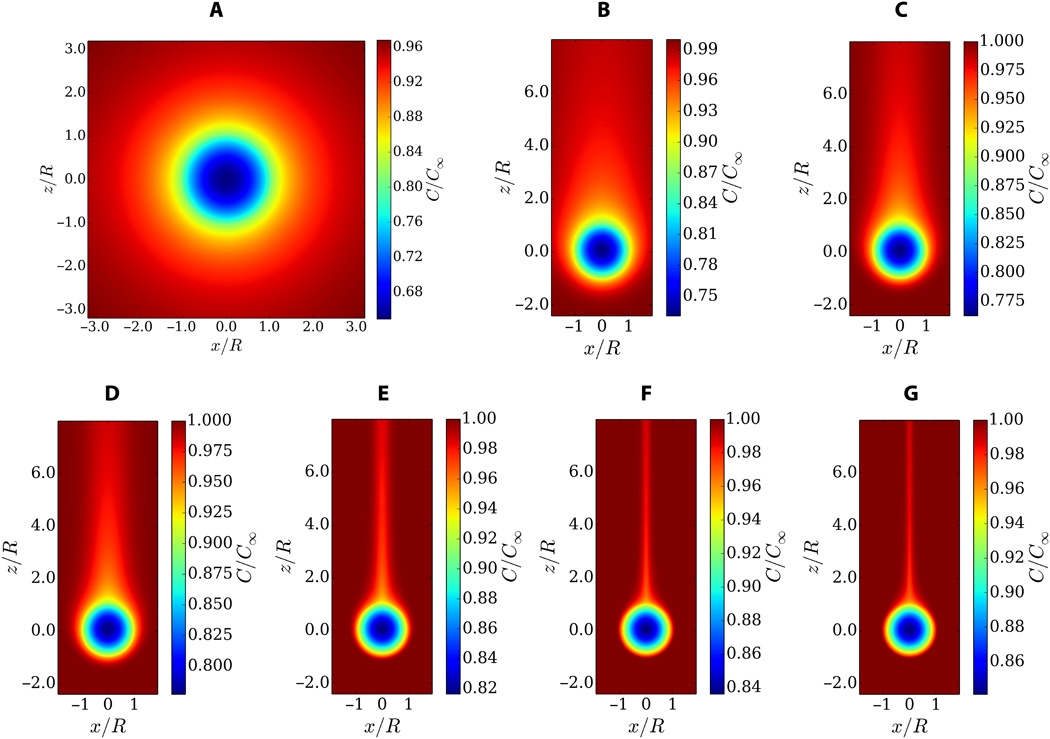- Press Office
- New findings help to better calculate the oceans’ contribution to climate regulation
New findings help to better calculate the oceans’ contribution to climate regulation
Oceans contain about 50 times more carbon than the atmosphere, and about 20 times more carbon than land. Algae and organic particles in the upper, sunlit water layer bind the carbon dioxide, sink to the seabed and deposit there. These so-called aggregates are the main actors in the transport of organic carbon from the surface into the deep sea. By absorbing carbon dioxide from the atmosphere, they play an important role in climate regulation.
In the project funded by the German Research Foundation (DFG), the scientists have now taken a close look at the individual aggregates and calculated the rate of their oxygen consumption. For example, they found that previous assumptions about oxygen flux into the aggregates were far too high. "We have achieved very accurate results that can be extended to other aggregate types and provide better estimate of oxygen consumption by sinking aggregates," says Dr. Arzhang Khalili, Professor of Computer Science at the Max Planck Institute for Marine Microbiology and at Jacobs University Bremen.
Marine processes can now be integrated into existing climate and carbon cycle models and thus make them more realistic. The results of the study were recently published in the journal "Science Advances".

Original publication:
Nasrollah Moradi, Bo Liu, Morten Iversen, Marcel M. Kuypers, Helle Ploug and Arzhang Khalili: A new mathematical model to explore microbial processes and their constraints in phytoplankton colonies and sinking marine aggregates. Science Advances. 31 Oct 2018:
Vol. 4, no. 10, DOI: 10.1126/sciadv.aat1991
Please direct your queries to:
Head of Press & Communications
MPI for Marine Microbiology
Celsiusstr. 1
D-28359 Bremen
Germany
|
Room: |
1345 |
|
Phone: |
